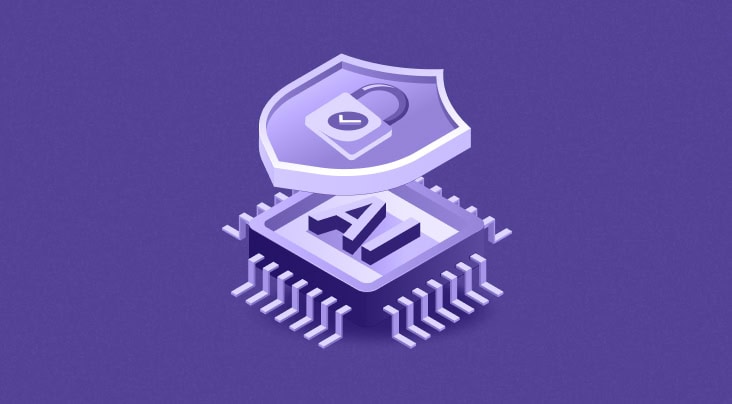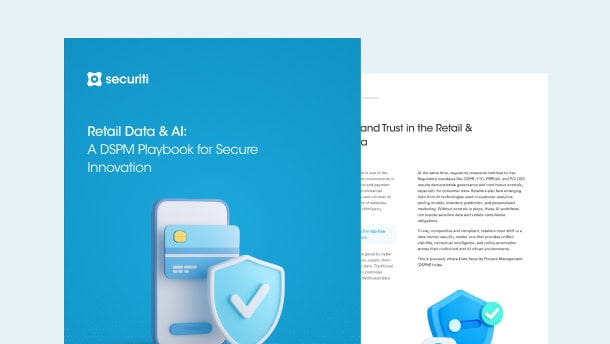Crafting a privacy policy for your organization may appear to be a straightforward regulatory requirement, but in reality, it is a complex task.
Recent instances, such as OpenAI, which has been in the headlines for its alleged violations of GDPR due to lack of transparency in its privacy policy, underscore the significance of a well-structured privacy policy in regulatory compliance. Upon closer inspection, regulatory bodies worldwide have noted similar inadequate privacy policies as the primary cause for regulatory non-compliance.
This highlights how important it is for organizations to devote appropriate resources towards ensuring the privacy policy appropriately communicates the organization's data practices to the users.
Read on to learn more about what information should a privacy policy ideally contain, as well as the most effective and efficient way to deploy it on any website.
What is a Privacy Policy?
In simple terms, a privacy policy is a public document from an organization that explains in detail how they collect, use, and safeguard personal data and how they apply data protection principles.
This includes crucial details such as the methods of data collection, storage practices, security measures, and the purposes for which the data is used.
It is essential to understand that the content of a privacy policy is determined by the data protection regulations applicable to the organization and its website. Privacy policies may vary between jurisdictions due to differences in legal requirements.
Is a Privacy Policy Required by Law?
An increasing number of countries have adopted data protection regulations over the last few years. As a result, organizations operating within these countries are required to maintain comprehensive privacy policies in accordance with their specific laws.
Some notable regulations include the following:
General Data Protection Regulation (GDPR)
Articles 13 and 14 of GDPR provide specific guidelines for creating a privacy notice by laying down the information to be provided to data subjects when collecting their personal data for processing. The focus is on ensuring that the information is presented in a clear, understandable, and easily accessible manner.
Failure to meet GDPR's privacy policy requirements can lead to fines of up to $20 million or 4% of the organization's global annual turnover of the preceding financial year (whichever is higher).
Canada's PIPEDA requires every organization that falls under the jurisdiction of PIPEDA to give consumers notice of how they collect and use their personal information.
Failure to comply with this requirement can lead to fines of up to $100,000.
California Privacy Rights Act (CPRA)
The CPRA requires organizations to provide a privacy notice when gathering personal information, disclosing the categories of information to be collected and the intended purposes for its use. An organization can face fines of up to $7,500 for willfully ignoring the need for a compliant privacy policy on its website. Similarly, they may face $2,500 for general non-compliance with these privacy policy requirements.
A Standard Privacy Policy Template
A standard privacy policy should include clear and comprehensive information about how an organization collects, uses, processes, stores, and protects personal information. While the specific details may vary based on the applicable laws and regulations, here are common elements that a standard privacy policy should include:
A privacy policy should clearly state who is responsible for the processing of personal information and provide contact details for inquiries or concerns.
Arguably, this is the most critical element of any privacy policy. An efficient privacy policy effectively communicates to any data subject the exact category of personal data the organization plans on collecting.
Purpose of Data Processing
A privacy policy must be transparent and specific about the purpose of data collection. It should unambiguously explain how the data will be used and the legal basis for processing.
Method of Data Collection
The privacy policy should describe how the organization collects personal information, whether it is through cookies, directly from the user, or from any third party.
The user must be informed about the security mechanisms put in place to protect personal information from unauthorized access, disclosure, alteration, and destruction.
Data Retention Period
The privacy policy should specify the duration for which the organization will retain personal information. In cases where specific storage duration details cannot be provided, the policy should include information on the criteria employed to establish that period. Additionally, the policy should furnish specifics on the secure deletion process, explaining how and when data will be permanently removed.
Cookies and Similar Technologies
The privacy policy must inform users about the use of cookies and similar technologies. It should explain their purpose, how users can opt in or opt-out, and provide information on cookie settings. Additionally, if third-party cookies are used on their website, then the privacy policy must at least provide a reference to their respective privacy policies. It should also mention the data subject’s right to opt in and opt out via cookies and the impact of different types of cookies.
Data Sharing and Third Parties
If the personal data is shared with third parties, then the data subject must be informed about the recipient of such data. The details of the recipient, its name, and category must be as specific as possible. Additionally, the purpose of sharing the data i.e. specific business and commercial purposes, must also be disclosed.
Data Subject Rights
The privacy policy should inform users of their rights regarding their personal information. This may include the right to access, correct, delete, or restrict the processing of their data.
Updates to the Privacy Policy
The privacy policy must specify how users will be notified of changes to the privacy policy and provide the date of the last update.
The privacy policy should provide contact details for users to reach out with questions or concerns regarding their privacy.
How Does Securiti Help?
Securiti, a renowned name in providing data security, privacy, governance, and compliance solutions, provides a centralized platform for organizations to manage all their data regulatory obligations.
Thanks to its DataControls Cloud™, organizations are empowered to maintain insights and compliance with a slew of obligations such as access controls, DSR requests, consent, data lineage, privacy notice management, and several other relevant use cases.
The Privacy Notice modules allow for proactive edits and upgrades to your privacy policy based on any changes in the regulation or your data practices. Moreover, the centralized portal gives you greater clarity into all the various privacy policies for various domains and business units from a singular platform.
Request a demo today and learn more about how Securiti can help your organization create, customize, and deploy a privacy policy on your website that clearly communicates your data practices to your users and is thoroughly regulatory compliant.












































